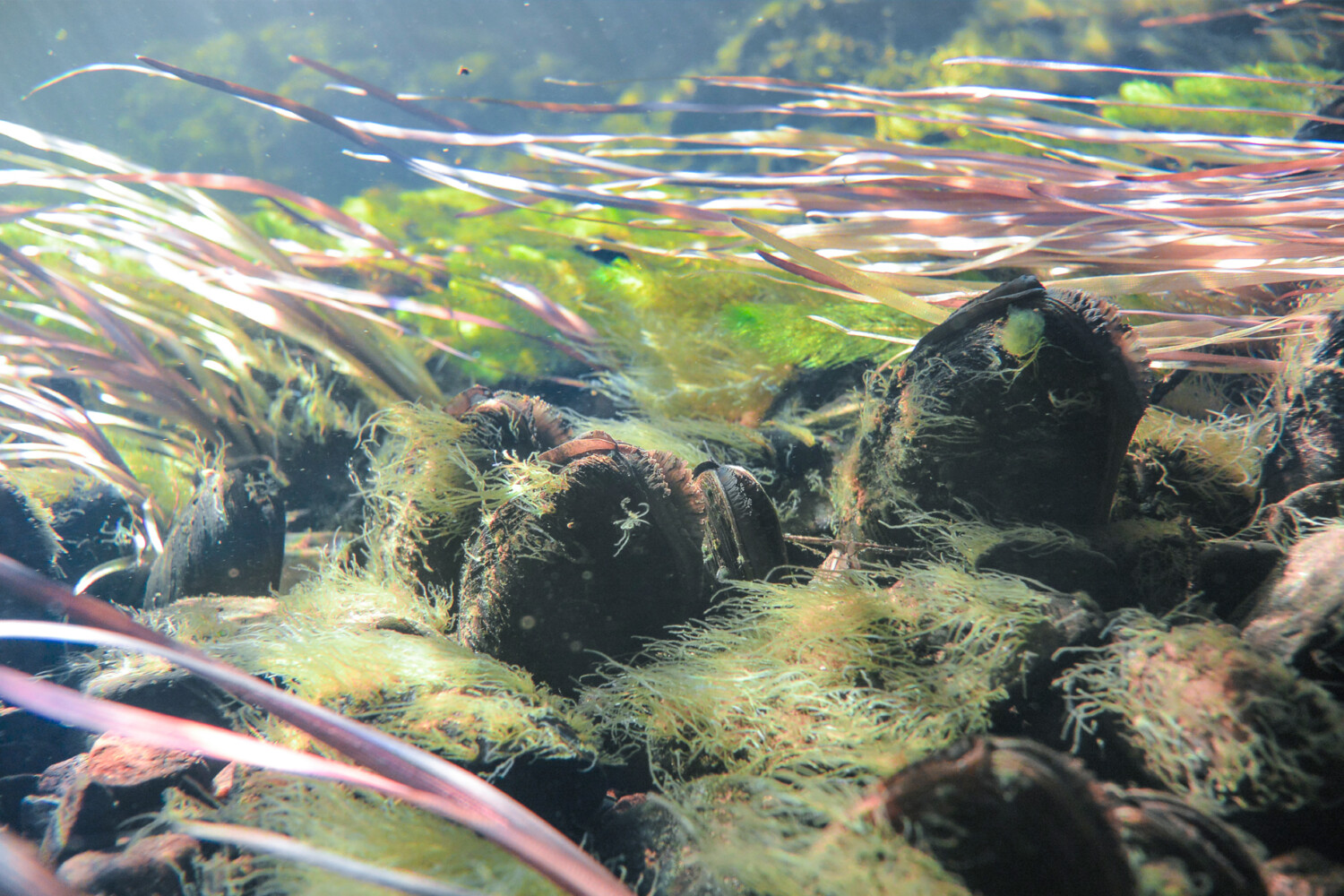In Lärjeån, fauna passages and habitat restorations will improve the status of the endangered freshwater pearl mussel, migrating salmon and other species.
Lärjeån is a tributary of the river Göta älv, in Västra Götaland County. Twelve kilometers of Lärjeån’s total 55-kilometer lenght have Natura 2000 status. The river host priority species such as salmon and freshwater pearl mussels. Although previous habitat restoration and removal of migration barriers have been carried out by county councils and local organizations, there are still problems with the river’s ecological status.
More than nine hectares of important areas for mussels, salmon and other species will be restored
Opening up tributaries
In the project area called “river Göta älv south” the Improve Aquatic Life project three migration barriers will be removed or equipped with fauna passages. The measures will open up 43 kilometers of tributaries for migrating fish and animals.
More than nine hectares of important areas for mussels, salmon and other species will be restored. In addition, ten hectares of wetlands and marshes will be planned and developed – all with the goal of improving water quality, biodiversity and fish production in the Göta River system.
The trout helps the mussel
The presence of the freshwater pearl mussel indicates a healthy river, which also benefits other species. The freshwater pearl mussel is protected in Swedish waters and listed as critically endangered. At three sites, host fish such as trout will be infected with larvae of the freshwater pearl mussel, improving and accelerating the spread of the mussel.

